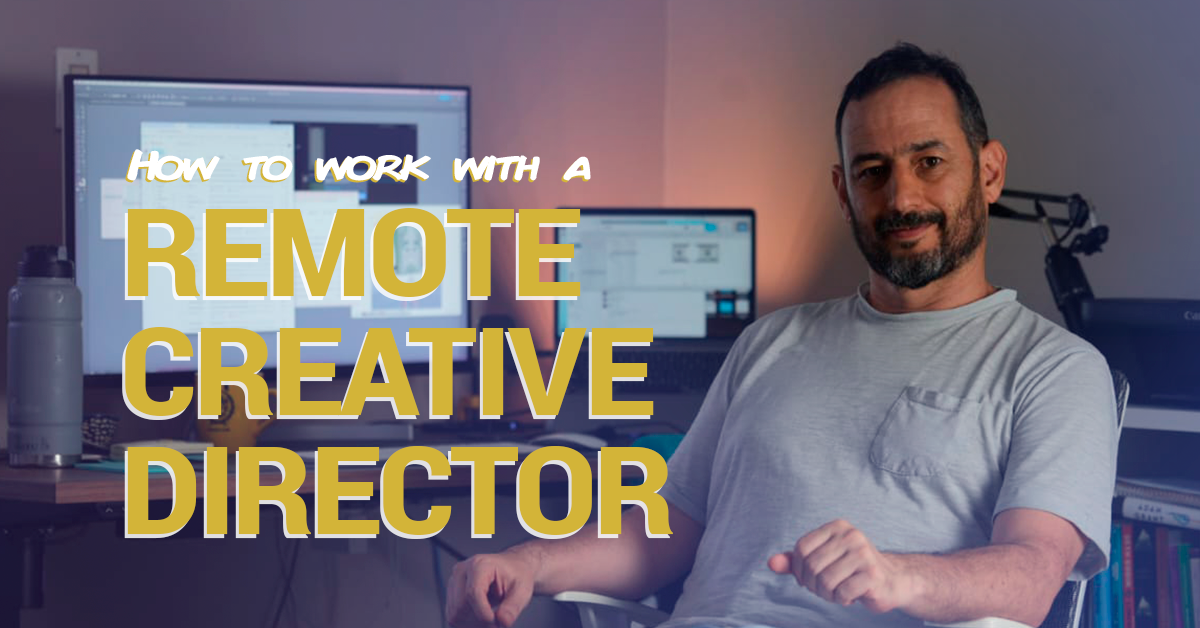Hiring a remote creative director might sound like a leap into the unknown, but in today’s digital world, it could be the smartest move you make. The trick isn’t just in finding the right person—it’s in understanding how to work with them effectively. Remote doesn’t mean distant; in fact, it can mean bringing on board a creative powerhouse who can elevate your brand in ways you might not have imagined.
Why Remote Could Mean Better Quality

First off, let’s talk about the talent pool. By looking beyond your local market, you get access to more experienced creative directors who may be out of reach otherwise. A remote creative director often brings a wealth of experience from diverse industries and markets. Think of it like hiring a chef with a global palette; they bring more flavor, versatility, and a refined touch to your projects. The best part? You’re not limited to who’s available in your city; you’re fishing in a worldwide pond of talent.

Communication: Clear and Effective
Now, there’s a misconception that working remotely complicates communication, but in reality, it’s quite the opposite. Most interactions with a remote creative director are written—emails, briefs, project outlines—which means there’s a paper trail for everything. This setup forces clarity. You know exactly what’s been agreed upon, and your creative director has a solid reference to work from. The ambiguity that often plagues verbal discussions disappears, making your collaboration much more effective. Plus, when it’s written, there’s less room for misunderstandings, which can be a game-changer for maintaining smooth project flow.
Navigating the Risks
Of course, there are risks involved. When hiring remotely, you have to guarantee the quality and cultural proximity of your creative director. A mismatch in cultural understanding can lead to projects that don’t resonate with your target audience or miss the mark entirely. This is why it’s crucial to vet your remote creative director’s background thoroughly. Look for someone who not only has a strong portfolio but also demonstrates an understanding of your market’s cultural nuances. A great remote creative director should feel like an extension of your team, not an outsider.
And let’s address the elephant in the room: cost. The remote market can sometimes lure you into the “cheap is good” trap. Sure, you might find a lower price tag, but quality creative direction isn’t a commodity. Going for the cheapest option often means compromising on experience and insight. It’s the old adage, “You get what you pay for.” Investing in a skilled, culturally aligned remote creative director will deliver more value in the long run than cutting corners on cost.
Final Thoughts
Working with a remote creative director is not just about flexibility; it’s about enhancing your brand with top-tier talent. By broadening your search, you get access to experienced professionals who bring depth and value to your projects. Written communication becomes an asset, not a hurdle, driving clarity and effectiveness. Just remember to ensure cultural fit and avoid the temptation of “cheap over quality.” When you do, you’ll find that a remote creative director can be the creative catalyst your brand has been searching for.
